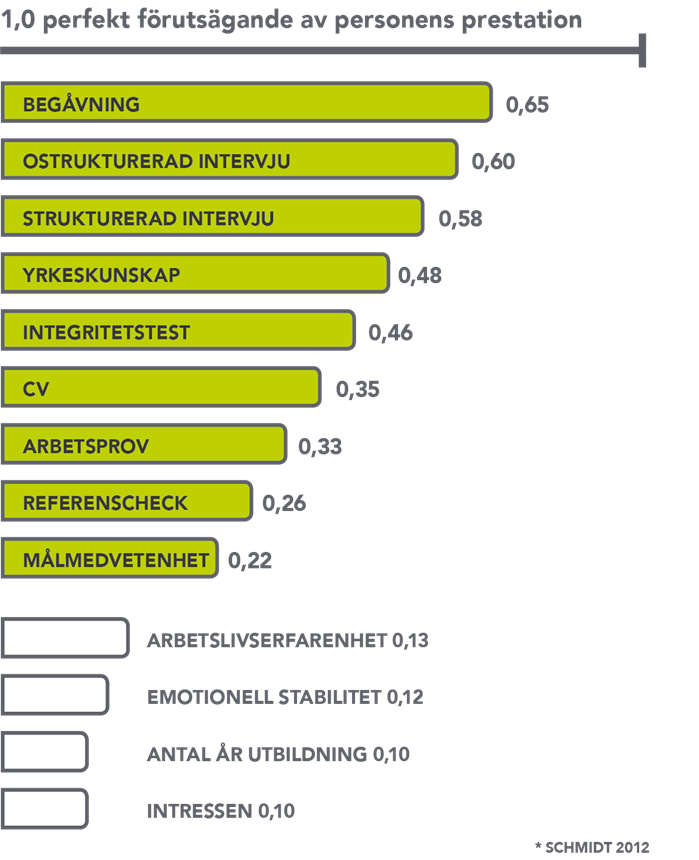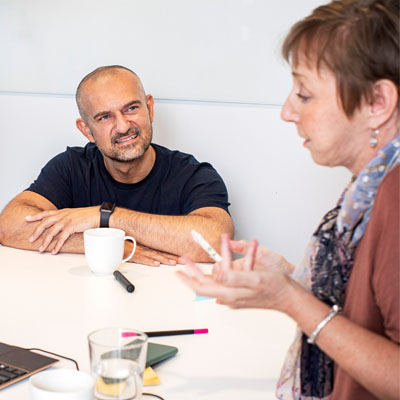Kompetensbaserad rekrytering – så funkar det
Upptäck fördelarna med kompetensbaserad rekrytering
Ska du rekrytera nya medarbetare? Då finns grovt räknat två sätt att gå till väga. Antingen går du på magkänsla – och håller tummarna för att det blir rätt. Eller så använder du den kunskap och fakta som finns för att matcha behov med kompetens. Kompetensbaserad rekrytering helt enkelt. Här bjuder vi på TNG på vägledning kring hur det går till och vad du som chef och rekryterare bör tänka på.
Vad är kompetensbaserad rekrytering?
Kompetensbaserad rekrytering, ibland förkortat KBR, är en strukturerad rekryteringsmetod som fokuserar på att identifiera den kompetens och potential som är nödvändig för en specifik tjänst eller organisation. Genom att bedöma varje kandidats kunskaper, färdigheter, motivation, förmågor och personliga egenskaper kan kompetensbaserad rekrytering erbjuda flera fördelar.
Bland annat kan en tydlig kravprofil och en objektiv bedömning skapa en rättvis och träffsäker process, där rekryteringsbeslut baseras på relevanta kompetenser istället för personliga preferenser. Genom att endast fokusera på den kompetens som är avgörande för tjänsten minskar du alltså risken för att bli distraherad av andra faktorer. Till exempel kandidatens ålder, kön, utseende eller utbildningsbakgrund. Dessutom får du ett faktabaserat beslutsunderlag som bygger på strukturerad och jämförbar rekryteringsdata, där magkänsla och fördomar inte får ta över.
Kompetensbaserad rekrytering blir allt vanligare, då ”rätt person på rätt plats” ofta är avgörande idag för ett företags eller organisations möjligheter att lyckas med sina affärer och uppdrag.

















